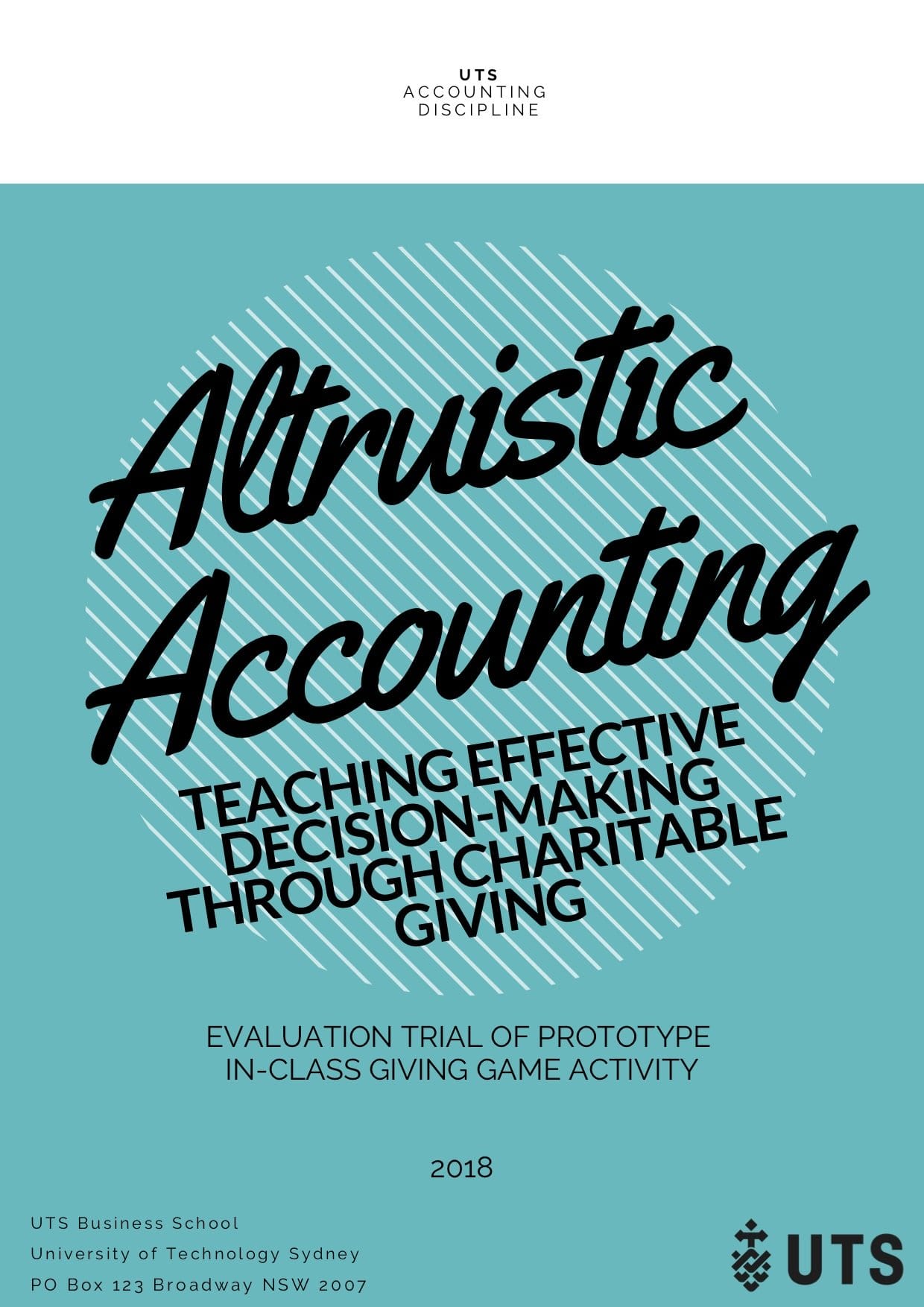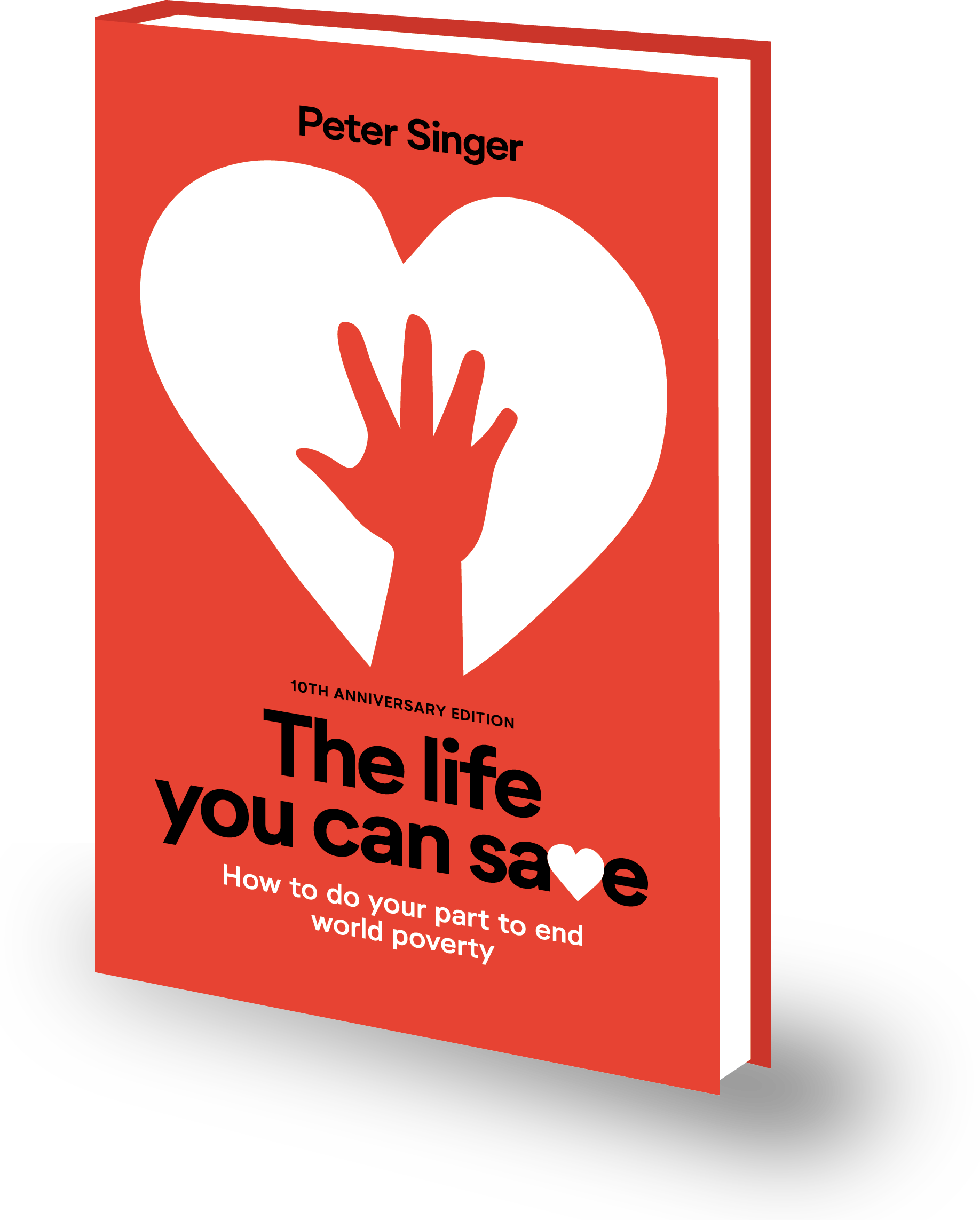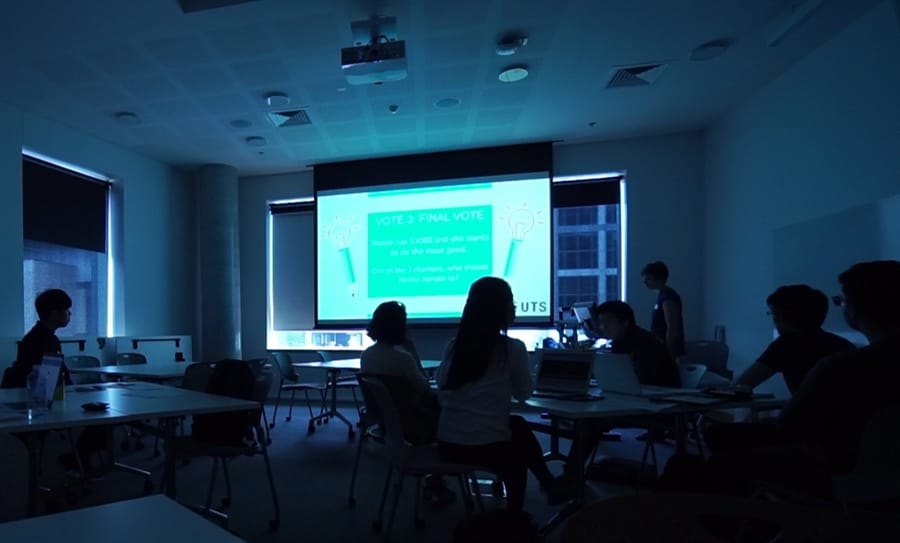Written by Nicole Sutton, Project Lead on the Altruistic Accounting project and accounting lecturer at the University of Technology Sydney (UTS)
In my role as an accounting lecturer at the University of Technology Sydney (UTS), I find that one of the challenges for accounting education is to provide learning experiences which inspire students. While many appreciate the functional value of accounting techniques and concepts, the potential to create social impact can be less obvious.
In 2018, we partnered with The Life You Can Save, an international non-profit whose mission is to help change the culture of giving in affluent countries and dramatically raise annual donations to highly impactful nonprofits that seek to address extreme poverty. The first blog post about this project detailing the partnership and our December workshop series can be found here.
What were our aims?
The overarching goals of the Altruistic Accounting project are to design an innovative, sustainable, and scalable activity to teach effective decision-making, provide students with an engaging learning experience, and highlight pathways to impactful career opportunities.
We developed a standalone 60-minute in-class activity, based on Giving Games, experiential philanthropy exercises where participants decide where to donate an actual sum of money between featured non-profits. In our classroom version, students apply accounting decision-making techniques to collectively choose where to allocate a pool of real money between non-profits on behalf of real donors. At the conclusion of the activity, we highlight pathways to impactful career opportunities. In this phase of the project, we aimed to:
-
Develop a classroom Giving Game for business education
-
Trial the activity with students
-
Create materials and resources for future implementation and sharing
What did we do?
Our first step was to design and develop a Giving Game that fit the constraints of a university tutorial context and aligned with the specific learning objectives of the decision-making topic. Students were asked to nominate one of three charities to receive a donation. Two charities were from The Life You Can Save’s list of recommended charities (GiveDirectly and The Fred Hollows Foundation), and the third was based on earlier student nominations (The Smith Family). The students had three opportunities to vote:
-
Initial vote: At the beginning, based only on pictures and short descriptions of the charities
-
Informed vote: After completing a structured, rational decision-making exercise, where they developed decision criteria and conducted independent research about the three charities
-
Final vote: After a facilitated discussion about the second vote results and how to convert the class votes into a collective donation decision (e.g. winner takes all vs. proportional split)
We developed teaching and learning resources including facilitator Powerpoint slides, student handouts, and an in-class online quiz for collecting and showing the students’ votes and answers to open-ended questions. We also collated information about impactful career opportunities, such as relevant jobs listed at 80000 hours, and community internships at the UTS Shopfront program.
We recruited a sample of undergraduate accounting students who had recently completed the decision-making topic to participate in a trial. Students decided how to allocate $1000, which was personally donated by the project lead. We collected audio and video recordings of the trial, samples of student work and in-class responses, a post-activity survey and focus group discussion and feedback from teaching staff.
What were the outcomes?
The trial was successful when judged against our objectives, and provided a proof of concept of the classroom Giving Game, teacher resources, and in-class technology support. The students completed the tasks and made a collective decision to donate $1000 to the Fred Hollows Foundation. Encouragingly, the students judged the activity as more effective in fostering their engagement than the current tutorial tasks, as evidenced by these sample quotes;
“I thought the exercise was fairly in depth compared to what we already tackled in the tutorials.”
“This is a lot more relatable…when you do calculations, you know that you do it for the sakes of doing it… and, it does challenge you…it’s like two-fold value – they walk away understanding decision making but they also know each other or themselves a lot better after this.”
Students’ emotional investment was high. When the final vote ended in a deadlock, students were very animated, and when a tiebreaker coin toss was suggested, one student leapt to her feet and yelled:
“Don’t flip a coin!… That’s not rational at all!”
The activity showed strong alignment with the topic learning objectives, as was evident in students’ engagement with the task material. After working through the exercise, students’ written justifications for their choices became much more extensive, in-depth and sophisticated. Additionally, our trial identified four priority areas necessary for the scaling of classroom Giving Games:
-
Sustainable financial support: The trial was supported by a UTS Teaching and Learning Grant that covered the research and project costs and a personal donation by the facilitator for students to allocate. A more sustainable funding model is needed to provide money for donations and ongoing operating costs. This could involve philanthropic support from individuals and organizations who align with the project aims.
-
In-class technology support: The trial showed the value of using an in-class online poling platform for enabling real-time voting, prompting discussion, reducing facilitator pressure and collecting data. However, there are specific limitations of the Socrative software we used (e.g. freeware licensing limits, constraints on quiz formats). The team should consider developing a tailored in-class technology support system.
-
Meaningful career advice: The weakest aspect of the current activity was the career advice, which the final year students found irrelevant to their needs. We recommend reorienting the advice towards helping students think about how to have an impactful accounting career rather than advertising specific job opportunities, through online resources they can access after class.
-
Scalability to other learning contexts: An ongoing concern of the team will be to ensure that facilitators find classroom Giving Games easy to adapt, efficient to set-up and smooth to run. This will be tested in 2019 when the team will implement the activity across an entire accounting subject in multiple classes taught by multiple teachers.
Resources
I am delighted to make available upon request:
-
Facilitator resources: In-class powerpoint slides and a suggested lesson plan
-
Student handout for students to complete during the classroom Giving Game
-
A guide for in-class online polling software: instructions for how to set-up and use free online polling software that captures and displays student votes in real-time
Where to next?
In 2019, we will run the classroom Giving Game across an entire cohort in the undergraduate subject ‘Management Decisions and Control.’ We developed and successfully piloted a classroom Giving Game that engaged and inspired students to apply core accounting concepts to maximize their positive social impact, both during the Giving Game and hopefully into their careers. One of the key strengths of Giving Games is its versatility and ability to be tailored to a variety of disciplines and learning objectives. We are confident that this model could be replicated in a variety of academic and professional contexts and will explore opportunities to scale to other institutions.
We are keen to make connections with anyone interested in this area and are very happy to share our teaching materials with interested educators. You can reach me at <Nicole.Sutton@uts.edu.au> or contact the Giving Games Project Lead, Kathryn Mecrow-Flynn, at <kathryn.mecrow@thelifeyoucansave.org.



